

People have been mining the earth for ages. During the Stone Age, one of man’s greatest innovations was learning to chip away limestone for making cutting tools, hammers, and hand axes.
The Egyptians took stone quarrying to the next level by being the first to saw rock and drill into rock. The Romans quarried and cut stone with their own innovative stone cutting techniques. One of those innovative techniques is called plugging and feathering.
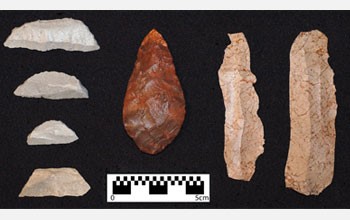
Examples of makind’s earliest tools
Across the US, there are over 10,000 quarries, which means there are many workers requiring PPE. A quarry is a place, most often recognized as a dip pit, from which stone and rock is excavated from the ground. Today's quarrying industry produces crushed stone, granite, marble, sand, and gravel. Most of these minerals are close to the surface, making surface mining or opening pit mining the primary form of mining.
The type of quarrying ultimately depends on the type of product removed:
Granite, marble, limestone, and slate. This type of quarrying involves cutting and shearing blocks of stones into specific dimensions. Powerful equipment for cutting and sawing are needed. These stones help build walls, floors, headstones and monuments.
Sand, stone, and gravel. These materials are utilized in virtually every building material. Explosives and blasting are the primary mining methods used in aggregate mining. Aggregate materials are an absolute must for constructing roads. Society as we know it today would not exist without aggregate - no highways, no airports or no stadiums. Portland cement requires sand, gravel, and limestone.
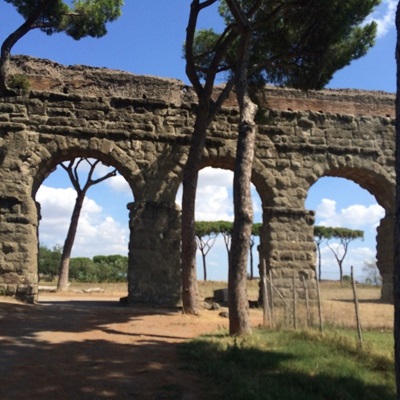
Quarried rock helped the Romans build
innovative aqueducts for supplying water to Rome.
Stones final end use may be different from Stone Age man's use, the Egyptian's use of rock and stone or the Roman's use of rock and stone. However, rock chipping continues on in our modern world. To highlight this point, the BLS reports the quarrying industry workforce consists of 3% rock splitters.
Since quarries are found in virtually every state, the industry employs the most mining professionals. Here is a look at some of top employing occupations:
Operate equipment to control chemical changes or reactions in the processing of industrial product. There are roughly around 720 of these workers found in Quarries. You will find these workers detecting equipment leaks and drawing samples of products. Common Job titles for this position are Multiskill Operator, Production Operator, and Spray Dry Operator.
Perform tasks involving physical labor at construction sites. Mining examples include earth drillers, blasters and explosives workers, derrick operators, and mining machine operators. There are roughly around 30,000 of these workers found in Quarries. You will find these workers using hand tools, repairing drilling equipment, and transporting materials. Common Job titles for this position are Coal Miner, Mining Technician, Underground Miner, Helper, Laborer, Post Framer, and Construction Worker.
Operate mining machines that rip coal, metal and nonmetal ores, rock, stone, or sand from the mine face and load it onto conveyors or into shuttle cars. There are roughly around 4,000- of these workers found in Quarries. You will find these workers assisting in construction activities, checking the roof stability and cleaning equipment. Common Job titles for this position are Bore Mine Operator, Miner Operator, and Continuous Miners.
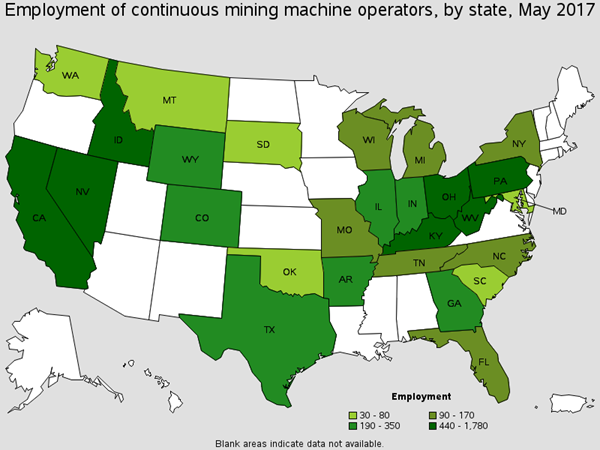
Operate machines to crush, grind, and polish materials. There are roughly around 4,100 of these workers found in Quarries. You will find these workers mixing chemicals, collecting materials and using picks. Common Job titles for this position are Batch Mixer, Fabricator, and Miller.
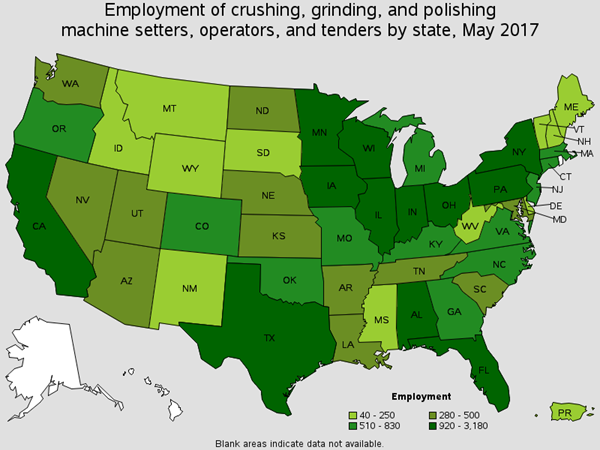
Operate dredge to remove sand, gravel, or other materials in order to excavate and maintain navigable channels in waterways. There are roughly 8,000 of the workers found in Quarries. You will find these workers operating equipment, tools and gauges. Common Job titles for this position are Dredge Operator and Dredger.
Operate a variety of drills to facilitate the use of explosives in mining or construction. There are roughly around 570 of these workers. You will find these workers mixing chemicals, collecting materials and using picks. Common Job titles for this position are Blast Hole Driller, Rock Drill Operator, and Underground Drill Operator.
Operate machinery equipped with scoops, shovels, or buckets, to excavate and load loose materials. There are around 7,000 of these workers in Quarries. You will find these workers breaking rock and operating power shovels. Common job titles for this occupation are Pit Operator, Loader Operator, and Dragline Oiler.
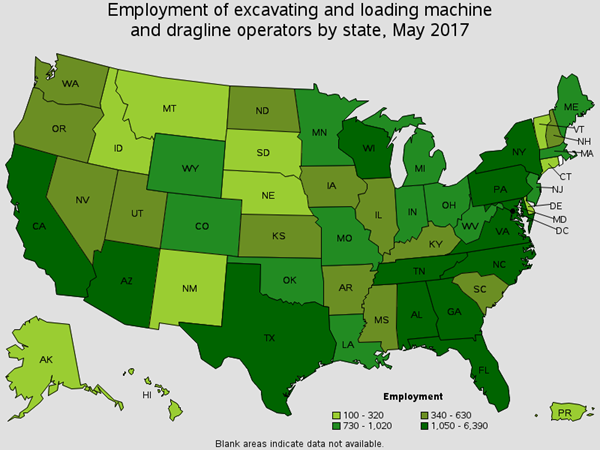
Place and detonate explosives to demolish structures or to loosen, remove, or displace earth, rock, or other materials. May perform specialized handling, storage, and accounting procedures. Includes seismograph shooters. There are around 1,000 of these working in Mining. You will find these workers placing explosive charges in holes and shoveling drill cuttings. Common Job titles for this position are Blaster, Explosive Technician, and Powderman.
Help craft workers by supplying equipment, cleaning areas, and repair drilling equipment. Extraction craft workers are earth drillers, blasters and explosives workers, derrick operators, and mining machine operators. There are around 11,000 of these workers in Quarries. Common Job titles for this position are Blasting Helper, Miner Helper, and Driller Helper.
Operate or tend heating equipment other than basic metal, plastic, or food processing equipment. There are around 1,000 of these working in Mining. You will find these workers handling, moving objects and clearing equipment jams. Common Job titles for this position are Dry Kiln Operator, Dryer Feeder, and Overn Operator.
Repair overhaul mobile mechanical, hydraulic, and pneumatic equipment. Examples of this equipment includes cranes, bulldozers, graders, and conveyors. There are around 3,000 of these workers found in Quarries. You will find these working replacing worn parts and reassembling heaving equipment with tools. Common Job titles for this position are Heavy Equipment Technician, Field Mechanic, and Mobile Heavy Equipment Mechanic.
Worker activities include repairing, installing, and adjusting industrial machinery. There are around 2,000 of this occupation works in Quarries. You will find these workers cutting and welding metal to repair broken metal parts. Job titles for this position are Fixer, Industrial and Master Mechanic.
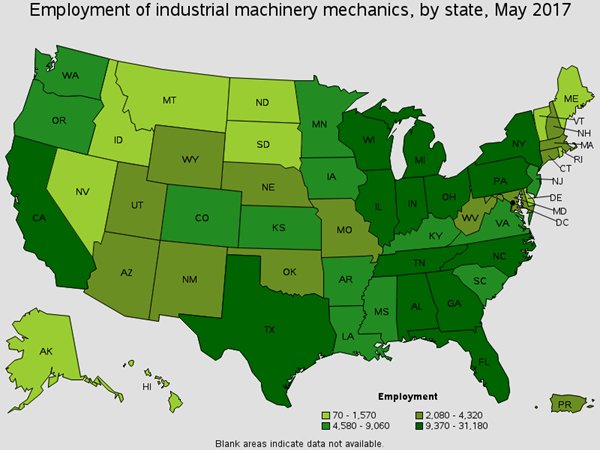
Inspect machined, fabricated or assembled parts. There are around 1,400 of these workers in Quarries. Common Job titles for this position are Quality Technician, Inspector, and Picker / Pacer.
Manually move materials to perform general labor. Around 2,600 of these workers are in the mining industry. You will find this occupation loading docks and loading materials to production areas. Common job titles for this position are laborer and material handler.
Repair, or overhaul mobile equipment, such as cranes, bulldozers, graders, and conveyors, used in construction, logging, and surface mining. There are roughly around 3,300 of these workers found in Quarries. You will find these workers replacing worn parts and reassembling equipment using hand tools. Common Job titles for this position are Heavy Equipment Technician, Field Mechanic, and Equipment Mechanic.
Operate machines preparing products for storage or shipment. There are around 1,000 of this occupation that works in Quarries. You will find these workers inspecting products and removing packaged items. Job titles for this position are Machine Operator, Packaging Operator, and Fabrication Technician.
Operate blocks of rough dimension stone from quarry mass using jackhammer and wedges. There are around 3,300 of this occupation working in Quarries. This entire occupation is mostly all found in this industry. You will find these workers removing pieces of stones, cutting slabs, and inserting wedges into holes. Outdoor weather is always a concern for this occupation. Job titles for this position are Rock Splitter, Blaster, and Driller.
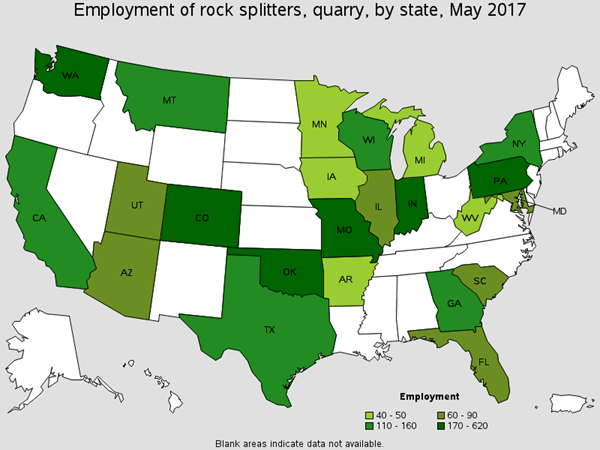
Operate continuous flow / vat-type equipment; filter presses; shaker screens; centrifuges; scrubbing towers; and batch stills. There are roughly around 720 of these workers found in Quarries. You will find these workers pouring unrefined material into machines. Common Job titles for this position are Machine Tender and Plant Operator.
Operate welding, soldering or brazing machines that weld, braze, or heat treat metal products. The mining industry employs around 600 of these workers in Quarries. You will find these workers adding material to work pieces, joining metal components, and annealing finished work pieces. Common Job titles for this position are Fabricator, Mig Welder, Spot Welder, Fitter-Welder, and Braze Operators.
Use hand-welding, flame-cutting, hand soldering, and brazing equipment to weld/join metal components, fill holes, indentations, or seams of fabricated metal products. There are around 610 of these workers employed in Quarries. You will find these workers welding components in flat, vertical or overhead positions. Common Job titles for this position are Maintenance Welder, Mig Welder, and Welder/Fabricator.
All quarrymen face numerious workplace hazards, many of which PPE can help prevent. Similar to other mining sub-industries, over 10% of the workforce involves material moving workers. Without much surprise, handling materials ranks as one of the leading causes of injuries.
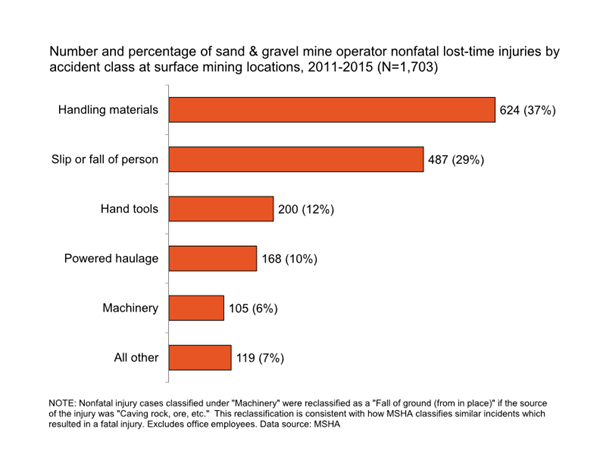
Frequent injuries for sand & gravel operators
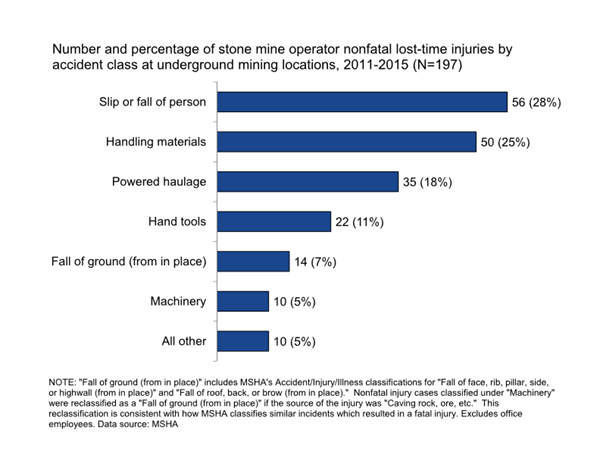
Frequent injuries for stone mine operators
"Life is a quarry, out of which we are to mold and chisel and complete a character."
Protecting a quarry worker’s life, while molding and chiseling, is at the heart of what we do. We protect people from workplace hazards!
From abrasive materials, visibility concerns, and dust, there are numerous hazards quarrymen face. We highlight the PPE needed for these products below! Here is a look at some of the most common quarrying hazards:
Find the right MCR Safety product that protects you against these common hazards.
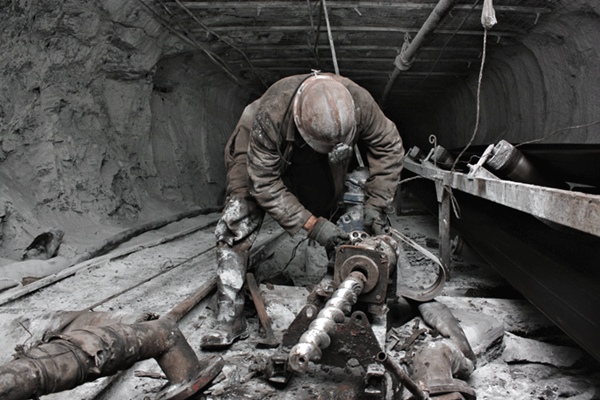
Numerous mining injuries occur from working around low roofs, confined spaces, shoveling, lifting, and climbing. We have highly abrasive gloves for this very reason.
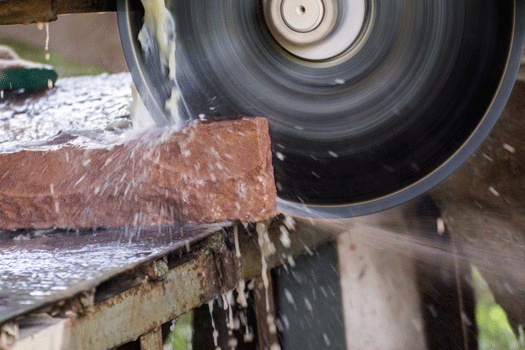
Cleaning mining equipment, working in processing plants, working around cutting oils and spray from leaking equipment are all concerns for the mining industry.
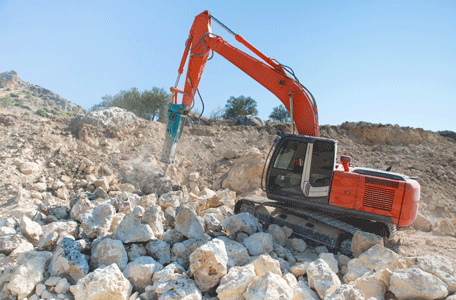
Goggles and sealed eyewear keep flying rock out of your eyes.
Learn More About Chipping Stone Protection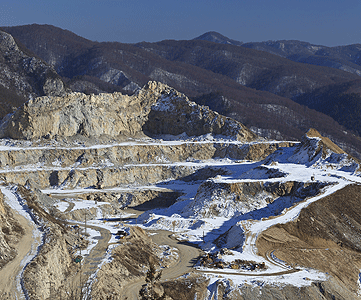
Working in cold climates in open-pit surface mines during cold climates, miners will need winter clothing including bomber jackets, thermal coveralls, and insulated gloves.
Learn More About Cold Weather Protection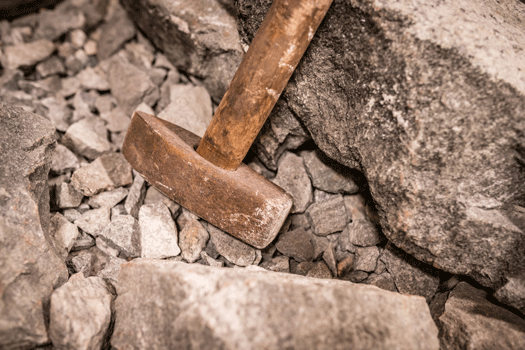
Impact in confined spaces, impact from crush and other mining equipment, heavy tool handling, falling rocks, tire changing, using grinding equipment and loading materials can all be hard on the back of a worker’s hands.
Learn More About Crush and Impact Protection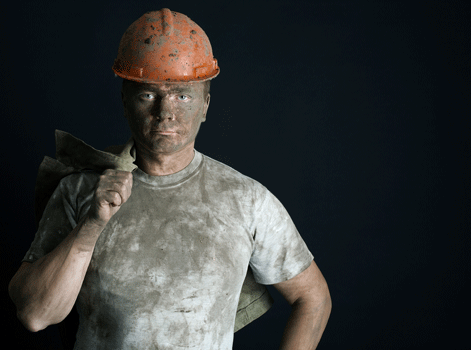
Mining underground and tearing into the earth is just a little dirty at times. Mining coveralls for underground mines and raingear for outdoor surface mining are absolute necessities.
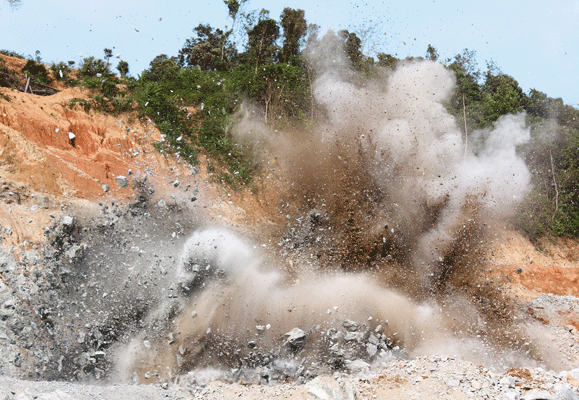
Dirt and dust are virtually in all mining environments. Drilling, blasting, and dust generated from hauling trucks are create a ton of dust. It is known as one of the top on-the-job health risks of mining.
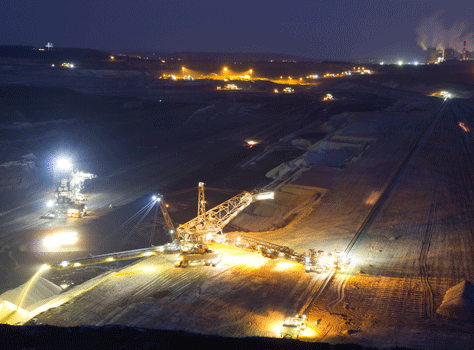
Mines require a lot of electricity, electrical wires and electrical panels. ARC Flash protection is the solution.
Learn More About Electrical Maintenance Protection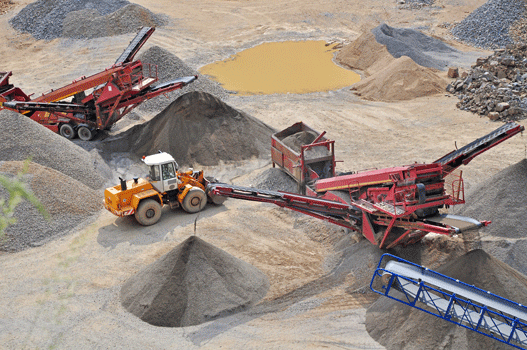
Mine sites use a lot of heavy trucks, hydraulics, conveyors, bulldozers and equipment. Mechanics need excellent abrasive grip and many times require back-of-hand protection.
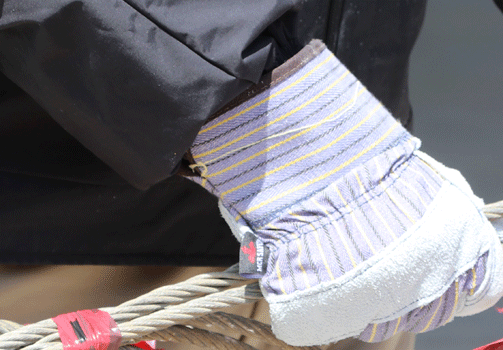
Reinforced leather gloves are essential gear for miners.
Learn More About Handling Wire and Cables Protection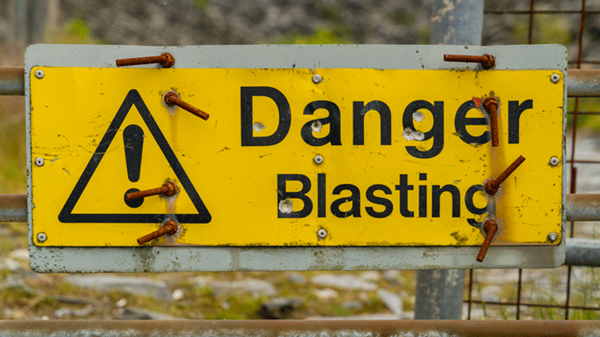
Breaking up rock, drilling, and mining the earth creates flying particles. Grinding residues are present too. Check out eyewear designed for this exact scenario.
Learn More About Impaired-Vision Protection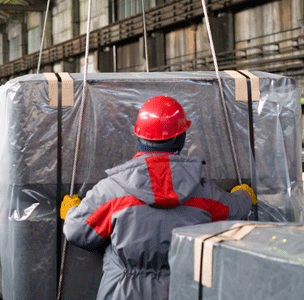
Lifting moderately heavy objects can quickly scrape up your hands. Material handling injuries are one of the leading causes of injuries for miners.
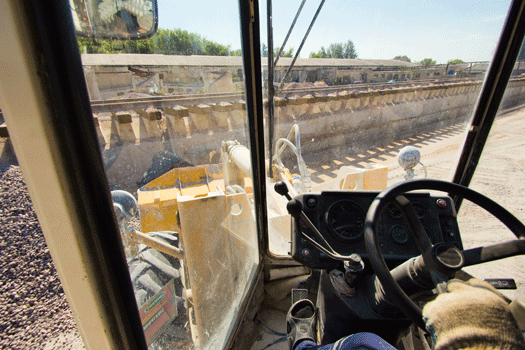
Many workers drive equipment in mining operations. Many mining fatalities occur due to Haul-Truck accidents. Drivers should not even second-guess wearing premier leather driver gloves.
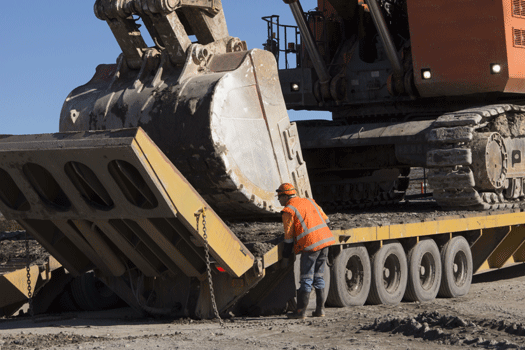
Surface mines involve many moving vehicles. High-visibility jackets, vests and reflective coveralls are a must!
Learn More About Overall Visibility Protection
Mining requires a lot of mapping and planning. Make sure you’re seen and have plenty of pockets!
Learn More About Surveying Protection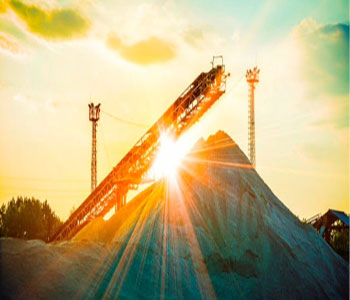
Working in a surface mine means the sun is probably directly hitting you. UV protective eyewear and bright shirts are the ticket!
Learn More About UV Radiation Protection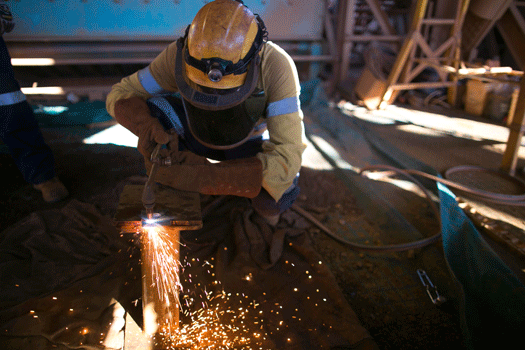
Installing steel borehole casings down a borehole requires welding at the joints. Face Shields and welding gear is essential mining gear.
 Why MCR Safety Products?
Why MCR Safety Products? 
MCR Safety manufactures and supplies Personal Protective Equipment (PPE). Simply put, WE PROTECT PEOPLE! We are known world-wide for our extensive product line depth surrounding gloves, glasses, and garments spanning across numerous industries. We offer the total package of safety gear encompassing industrial gloves, safety glasses, protective garments, welding gear, industrial boots, Flame Resistant (FR) gear, face shields, and much more. From a glove standpoint alone, MCR Safety manufacturers and supplies over 1,000 different style gloves. Here are some of the many reasons MCR Safety is your go to source for PPE:
MCR Safety is recognized as a global manufacturer stretching across six countries, with both distribution and manufacturing facilities. Our core competency and specialty is manufacturing and supplying protective gloves, glasses, and garments. The information shown and provided on MCR Safety’s website, its safety articles, industry resource pages, highlighted hazards and safety equipment should be used only as a general reference tool and guide. The end user is solely responsible for determining the suitability of any product selection for a particular application. MCR Safety makes no guarantee or warranty (expressed or implied) of our products’ performance or protection for particular applications.